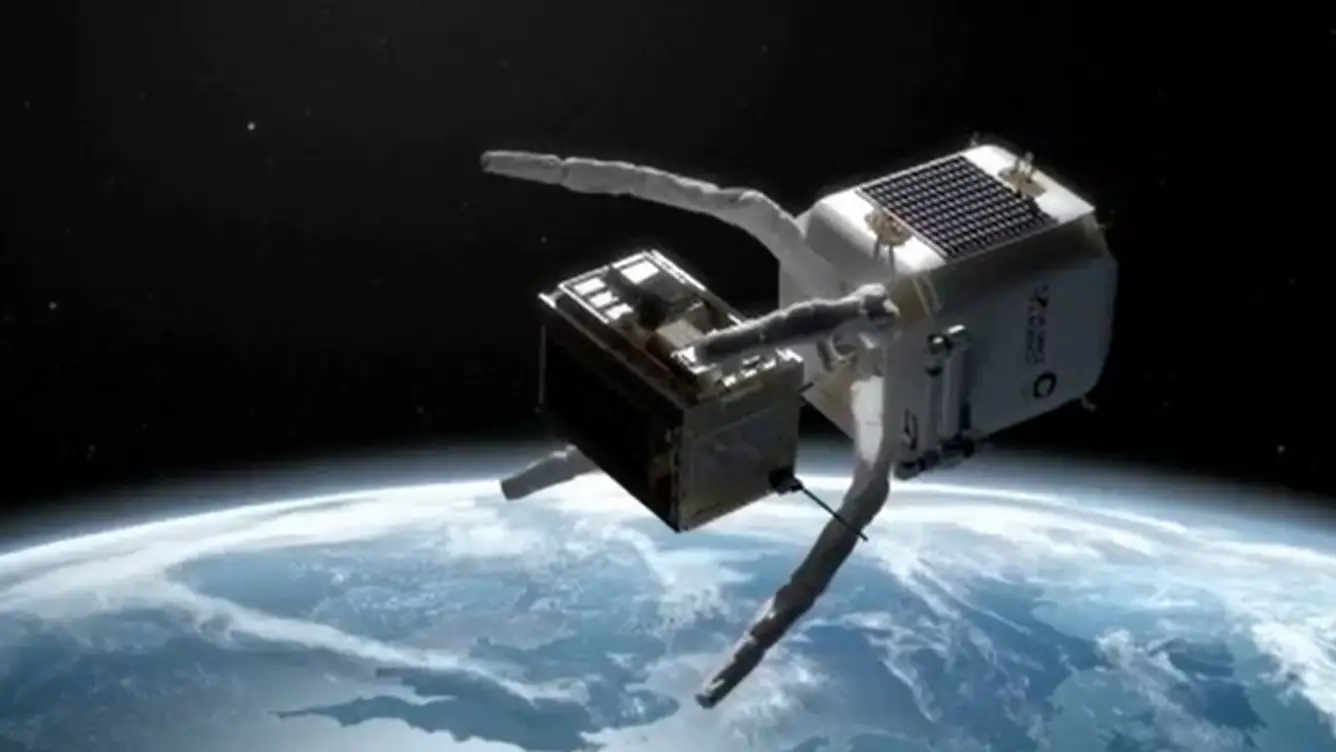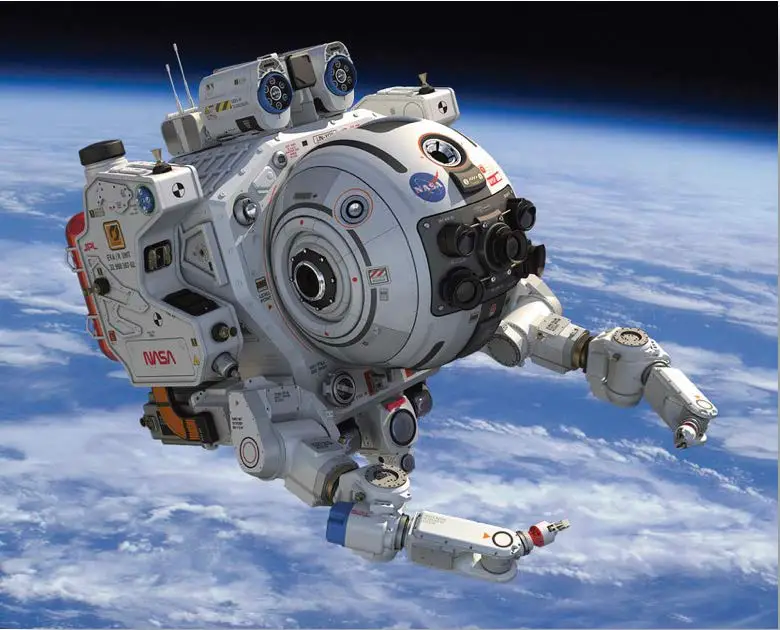Astro Technologies distinguishes itself from other space debris cleanup companies through its unique combination of low-cost strategies, innovative technologies, and partnerships, as highlighted below:
1. Focus on Prevention and Low-Cost Deorbit Systems:
Unlike companies like **Altius Space Machines** , which specialize in active debris removal (ADR) through mechanical systems, Astro prioritizes **preventive measures**. It integrates affordable deorbit systems into satellites during design, ensuring they autonomously reenter Earth’s atmosphere post-mission. This aligns with NASA’s emphasis on proactive debris mitigation , reducing long-term cleanup costs.
2. Rigid Coupling and Electromagnetic Propulsion:
Astro employs rigid coupling mechanisms to physically tow debris to disposal orbits using service satellites, a method refined through partnerships with **ASTROSCALE** . Additionally, its electromagnetic-launch technology which propels debris into decay trajectories without fuel is a novel approach not widely adopted by competitors like ASTROSCALE or ESA’s Clean Space initiative .
3. Scalable and Modular Missions:
The CLEAR mission exemplifies Astro’s targeted, cost-efficient approach. By retrieving specific debris objects (e.g., two satellites from 700 km altitude), Astro demonstrates scalability and precision, contrasting with broader ESA efforts focused on systemic debris remediation .
4. Laser-Based Solutions:
Astro explores ground and space-based lasers to nudge debris into lower orbits, a method praised for its cost-effectiveness and minimal fragmentation risk . While other companies like ASTROSCALE use robotic arms , Astro’s laser focus offers a contactless alternative.
5. Global Collaboration:
Astro collaborates with ESA’s Clean Space initiative to standardize sustainable practices, whereas startups like the AI-driven local startup mentioned in operate independently. This positions Astro as a bridge between private innovation and institutional frameworks.
Key Differentiators:
– Cost Efficiency: Prioritizes modular designs and electromagnetic propulsion to reduce mission expenses.
– Prevention-First Philosophy: Integrates deorbit systems into satellite design, unlike companies focused solely on post-mission cleanup.
– Technological Hybridization: Combines rigid coupling, lasers, and electromagnetic systems for versatile solutions.
While competitors like ASTROSCALE and Altius excel in robotic servicing and mechanical removal, Astro’s holistic strategymerging prevention, affordability, and cutting-edge tech sets it apart in the evolving space debris sector.







